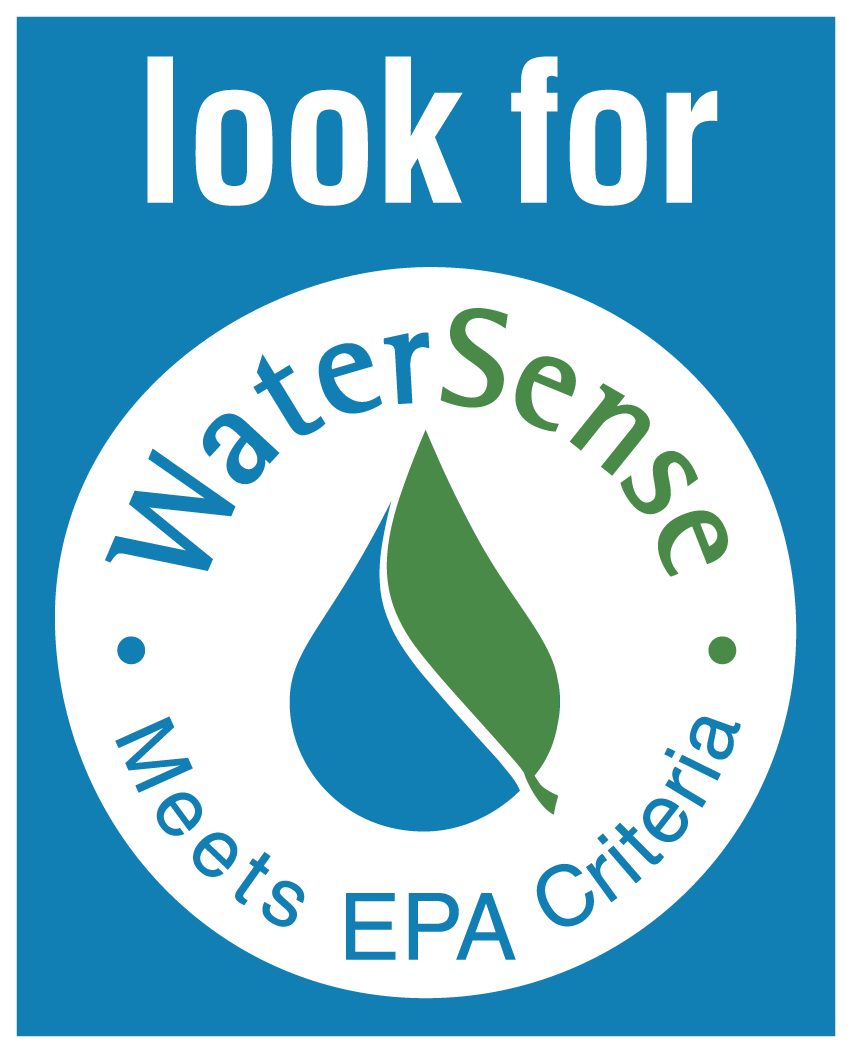
Water is crucial for our future, and it’s a top priority for the U.S. Environmental Protection Agency (EPA), too. Through their WaterSense program, the EPA aims to protect the U.S. water supply through indoor and outdoor measures. It’s a voluntary program, but forward-thinking companies are moving toward meeting WaterSense specifications. In doing so, they reinforce water reduction and save money and resources.
- WaterSense aims to educate consumers, by providing:
- Relationships with key utility, manufacturing and retail partners across the U.S.
- Promotion of the water-efficiency market
- Tips and resources on how to start saving water
- Information on water-efficient products and services
- Guidelines for meeting water-efficiency standards for manufacturers
- A WaterSense label that can be applied to products that pass WaterSense standards
The results have been immense. In 2016 alone, 534 billions of gallons of water were saved through the EPA WaterSense program. Since the program’s launch in 2006, that number totals over 2.1 trillion gallons. That’s more water than is used by all households in the entire United States over the course of 75 days.
Along with this water savings came a reduction of $46.3 billion in water and energy bills. Additionally, WaterSense-labeled products saved a cumulative 284 billion kilowatt-hours of electricity.
Could your organization meet the WaterSense standards to be considered a “partner”? Program partners earn the WaterSense label by achieving national water savings, providing measurable results, using less water than the EPA’s water-use baseline and performing as well or better than similar products.
Even if not adhering directly to the WaterSense label, companies are getting involved with the initiative in other ways. Some partners choose to endorse and publicize the program with their audiences. They might also provide annual usage data to help track WaterSense’s results and accomplishments. Many trade organizations, local governments and NGOs are choosing to promote the program and get certified by WaterSense certification programs.
Manufacturers, retailers, certifiers and non-profits participate in the program when they are involved with the development or sale of many different indoor and outdoor products. For example:
- Toilets
- Bathroom sink faucets
- Flushing urinals
- Showerheads
- Sprinklers
- Irrigation components
Companies who participate in the WaterSense program are being recognized for their part in the initiative. It’s good press to reduce water use! HydroPoint was recognized as the EPA’s WaterSense manufacturing partner of the year in 2014, for their efforts in saving billions of gallons of water and helping companies monitor and track water consumption costs.
From private enterprises to governments and nonprofits, innovators realize that a greener world means greater savings. Protecting water, one of the most precious natural resources, turns out to be a great way to improve an organization’s balance sheet.
The bottom line is that pursuing sensible water practices does not require a huge lifestyle change or a large process overhaul.

